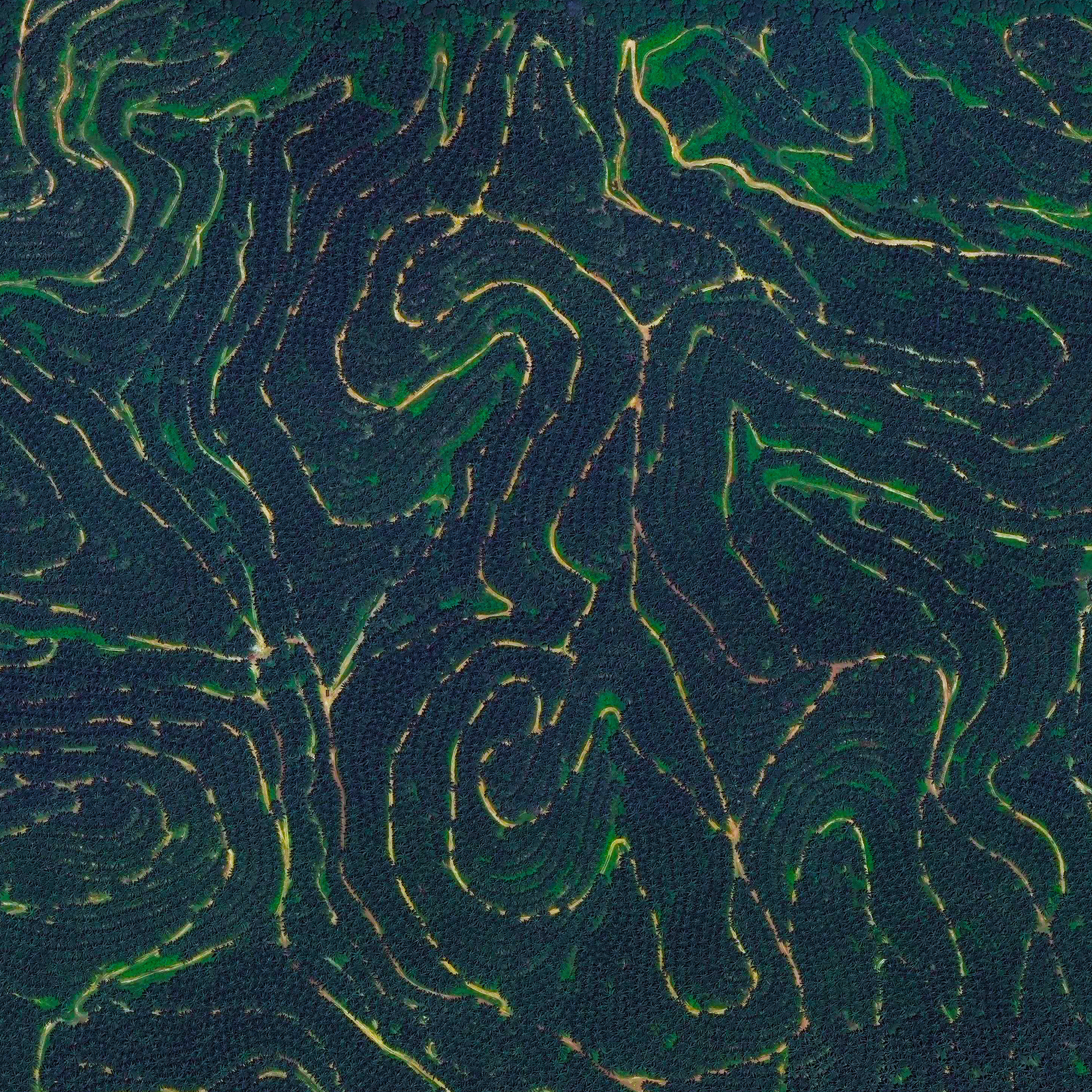Now You can Watch Earth’s Evolution
By Joseph Vandenorth
September 1, 2016
Nobody would question that the adoption of the Paris Agreement was an incredible feat of diplomacy. Getting 195 countries to agree on a 31-page pact that essentially demands a global, economy-wide transition from fossil fuels is absolutely an unprecedented political success. But as Adam Frank notes in a commentary on NPR about the Agreement, “Politics and science are two very different beasts.”
Frank is himself a scientist, and though he writes with cautious optimism about the world uniting for climate action, he frets over the many, many warnings that his colleagues in the scientific community have issued about the inadequacies of the Paris Agreement. One of the loudest critics of the deal was Dr. James Hansen, the former NASA climate scientist who has been right about climate change for longer than anyone in the field. Hansen, whose testimony to the Senate back in 1988 about the threats of greenhouse gas emissions holds up as solid science today, called the agreement “a fraud.”
“It’s just bullshit for them to say: ‘We’ll have a 2C warming target and then try to do a little better every five years.’ It’s just worthless words. There is no action, just promises,” says Hansen.
Most of the dozen or so climate scientists I heard from in Paris and in the months since have agreed that the long term goals of the deal—to stay “well below” 2 degrees Celcius of warming and to “make efforts” to stay under the 1.5 degree target—were a positive step forward. They also agreed that the pledges that countries actually made through the Agreement won’t keep warming anywhere near those markers.

“The emissions cuts promised by countries are still wholly insufficient,” said Corinne Le Quere, who studies the carbon cycle at the the University of East Anglia’s Tyndall Centre for Climate Change Research. And Jason Box, one of the world’s best ice and polar scientists, warned that “we lose the ice sheets” if the emission reduction commitments in the current agreement aren’t clamped down.
To see just how far short of the 2 degree goal the current pledges falls, take a look at the Climate Interactive Scoreboard, which is updated regularly as countries submit and adjust their commitments (those INDCs I described in an earlier post) to the Paris Agreement. This week, Climate Interactive and MIT Sloan released new analysis showing that “full implementation of the current pledges would result in expected warming by 2100 of 3.5°C (6.3°F). Deeper, earlier emissions cuts are needed to limit warming to no more than 2°C.”